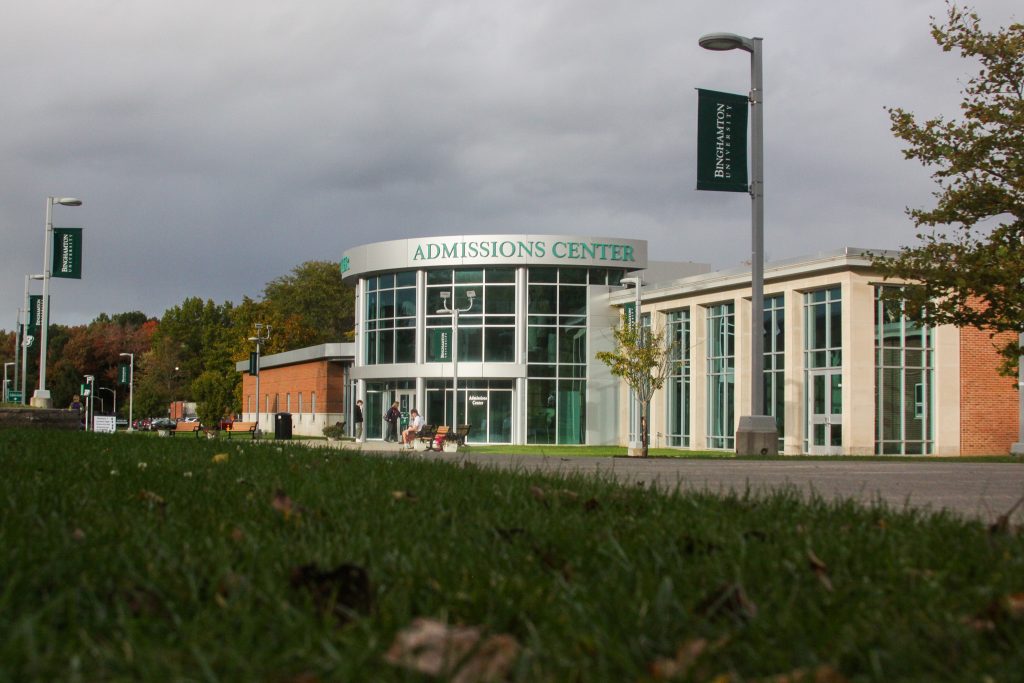From Oct. 16 to Oct. 29, prospective students can submit applications to five SUNY schools for free.
The purpose of the free application period is to make the SUNY system more accessible by allowing low-income prospective students to apply, without having to navigate the existing means-tested barriers and forms for free applications. The fee waiver applies to all 64 colleges and universities in the SUNY system, and applicants can choose up to five schools. For those without economic hardship fee waivers applying outside the free application period, applications to each school costs $50 to apply.
This program is part of New York state’s College Application Month, which also offers free City University of New York (CUNY) applications for all New York City high school seniors for the rest of October. There will also be free applications at 40 New York state private colleges and universities during parts of October.
In a press release, Gov. Kathy Hochul proclaimed the initiative as focusing on “students from low-income families, first-generation students and students who may not otherwise apply for college.”
“I am thrilled that SUNY, CUNY and several of New York [state]’s private institutions will waive application fees,” the statement read. “Removing financial barriers enables students who may not have considered completing an application due to financial constraints to take the first steps of their educational journey.”
After the onset of the free SUNY application weeks last year, the program was credited for a “historic growth” in applications — more than double the amount received for the fall 2022 cycle.
Krista Medionte-Phillips, the University’s director of undergraduate admissions and assistant provost for enrollment management, predicted that the trend of increased application rates would continue.
“The free application period offered by SUNY is a great opportunity for prospective students to explore the options that exist within the SUNY system,” Medionte-Phillips wrote in an email. “Overall, last year, there was an increase in first-year applications submitted to [BU]. While there are many factors involved in where and when a student applies, we are once again anticipating a significant number of applications to be submitted over the next two weeks.”
New York State Sen. Lea Webb, ‘04, also an alumna of SUNY Broome, discussed her advocacy for increased SUNY funding, which resulted in a $163 million budget expansion, avoiding tuition increases.
“I am a proud [alumna] of two SUNY schools, and I know how important our public institutions are to working families across the state,” Webb wrote in an email. “I fought hard to increase funding for SUNY in this year’s budget to make opportunities like SUNY Free Application Week possible. I will continue to work to ensure that access to our public institutions of higher-ed are within reach for every New Yorker.”
Data detailing the effect that last year’s free application week had on the University’s acceptance rate has not yet been published. Still, the program may have had unintended consequences as increased enrollment, impacting the University’s ability to meet the housing needs of new students on campus. At the beginning of the semester, over 150 freshmen were reported to be living in super occupancy housing (SOH) — consisting of three or more students being placed in a room that was designed to fit less than three individuals — due to a lack of on-campus housing for newly admitted students.
Jordan Mayorga, a freshman majoring in biomedical engineering, credited the free application period for influencing to his decision to apply to BU.
“[The free application period] was one of a couple reasons why I applied here,” Mayorga said. “I wanted to take advantage of the fact that it is an easy way to apply and not have to worry about paying any fees.”
Stanley Chan, a freshman majoring in accounting, said he believed the reduction of financial obstacles outweighed potential drawbacks.
“[The free application period] should still continue,” Chan said. “A lot of people stress about the cost of applying to colleges, and [the program] helped me not worry about the cost of that.”



